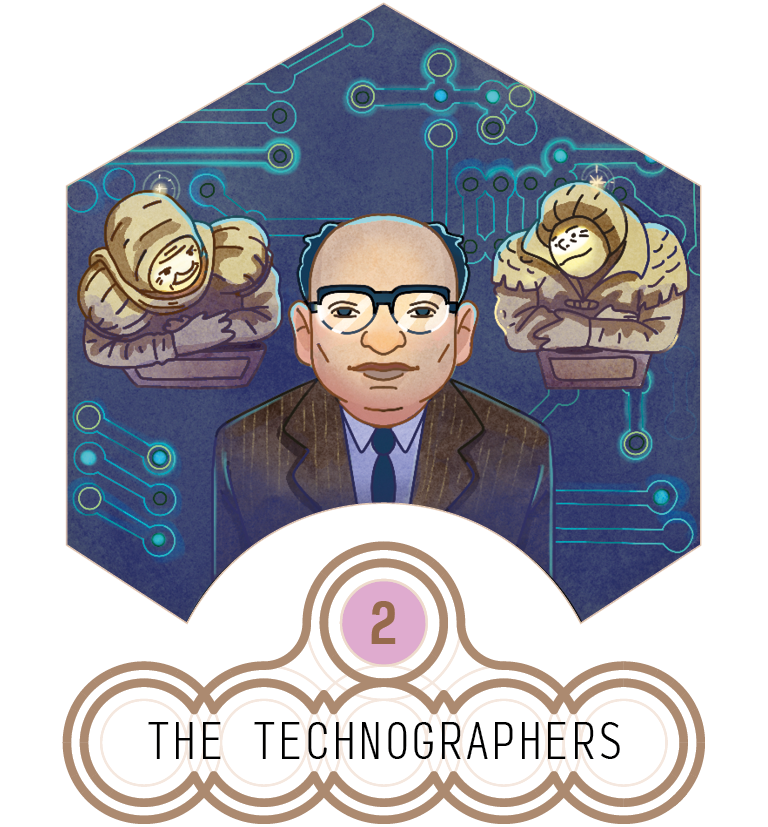
48°12‘35.2″N 16°22’30.7″E
48.209785, 16.375206
They could not remember a time when the two of them had not been in a bad mood. It had been carved into their stone. They were created that way, so to speak. Consequently, they had already been in a bad mood, back when the Regensburgerhof had stood at this very spot. Now they were its only remnants.
Shortly after the major reconstruction in 1897, Gutenberg was placed in front of them. The statue now dominated the square and no one paid any attention to the two corbels on the left and right of the Orendi House anymore. All they heard all day was “Gutenberg, Gutenberg, Gutenberg”.
The real reason why they were so attached to the house, of course, was that they were looking for their lost son. But, since the reconstruction no one wanted to help them anymore. Their son wasn’t the only one who had left though. So many were gone: artists, writers, scientists. The city had become empty and unified. They missed Paul the most. He had this fresh way of seeing things. He was one of those people, who was always scribbling new ideas into his notebook. “Herr Ingenieur”, as they liked to call him.
At one of their first meetings, Paul had told them about his latest invention. One that he somehow owed to Gutenberg. The two of them were curious, because Gutenberg was not someone they were very fond of, as you can imagine. Paul on the other hand, they liked quite a bit.
Paul’s idea involved two technologies. The technology of printing and that of electronics. He thought that it should be possible to print these new electronic components, the ones he worked with every day, while building his radio. In a way like Gutenberg, with his invention of the printing machine, but photo-chemically executed down to the smallest detail. Paul was convinced that the idea was groundbreaking. He was sure that if he tried hard enough, this new process would sell like hot cakes.
Or so he thought. After the first few rejections, he quickly realised that no one was really interested in his idea. They told him: “Our girls in assembly are cheaper and more flexible.” No one understood the benefit of using a ready-made circuit board. Individual components were still assembled and soldered by hand. So he began to doubt himself.
The idea of letterpress printing in combination with circuit boards was ingenious, but it was ahead of its time. Several decades, in fact.
Only when the individual parts of electronic devices became smaller and smaller and thus more difficult to handle by large human hands, was it that people began to take a liking to Paul’s idea. As is often the case, it was the military that used the technology first. But when the concept became known internationally, no one seemed to pay much attention to the patent, or indeed to Paul the inventor. They copied the technique without paying the Technograph company the necessary fees.
The corbels, however, didn’t notice any of this. It had been years since Paul had gone to far-away-London. They were more preoccupied with the fact that they no longer saw him every lunch break, on the bench next to the Gutenberg statue. They didn’t even notice that they had become even grumpier than before. They hadn’t exactly been friendly to start with, but the grumpiness now was on another level.
Until, one day, unexpectedly and rather suddenly, someone stood next to Gutenberg and stared at them. They were so taken by surprise, that the Grant instantly dissipated into thin air. And the person looking up, could almost see them smile.